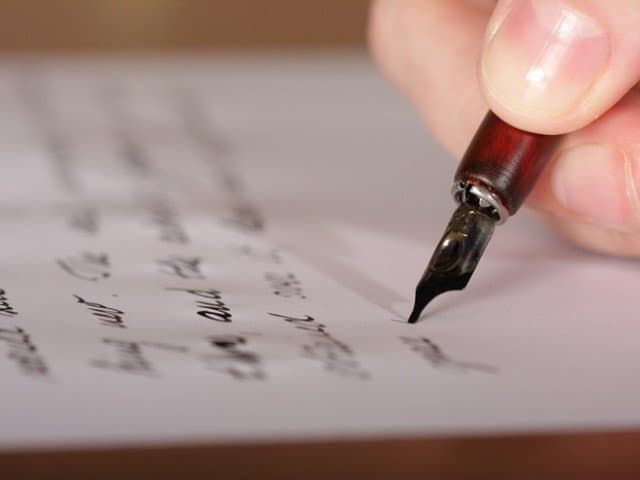Millennials have started to believe that they do not have enough time for any leisure activity, and they that they need to succumb into the monotony of life. This piece aims to break that myth.
As children, the majority of our time was spent playing some sport, painting, and simply discovering our hobbies. This practice, however, saw a major transition as we grew up, even our diversions changed. Contrary to popular belief, hobbies are supposed to be activities that we make time for, despite our busy schedules and indefinite piles of tasks.
According to many surveys, most people prefer staying at home and watching television rather than stepping outside to discover themselves. Moreover, there is a difference between a past-time and a hobby. In the most generic sense, a hobby is mostly recreational.
Millennials fail to realize the importance of hobbies and continue living their vanilla lives. Every industry is characterized by its dynamic environment, and to soar higher in such conditions, everyone should indulge in creative thinking to stand out.
Hobbies are formed after several rounds of introspection, they are extremely important for self-actualization, and true happiness. Those people who make their passion their professions, have it comparatively easier than those who are still on the path of self-discovery.
Researchers have also discovered, that some time away from work, to indulge in some leisure activity has been linked with increased performances at work and creative activities, leading to higher confidence levels.
With extremely high-stress levels and constant pressure, millennials need an outlet for the same, which seems impossible due to their pre-occupation with technology, and the inability to make time for themselves.
Ishita, a student of Lady Shri Ram College said, “I used to paint every week as a child, but the last time I picked up a paintbrush was over five months ago just to post a story on Instagram.”
The idea that Instagram, Twitter, and other products of modern technology are replacements of hobbies is bizarre. Our fixation on social media is proving to be way more harmful than it was first predicted. Even if someone is actively pursuing their hobbies, they feel the need to post stories on their social media while they paint, bake, or read, which is strange because this trend has recently surfaced, and millennials tend to focus more on posting stories rather than enjoying their hobbies.
Feature image credits- Vaibhav Tekchandani for DU Beat
Suhani Malhotra

